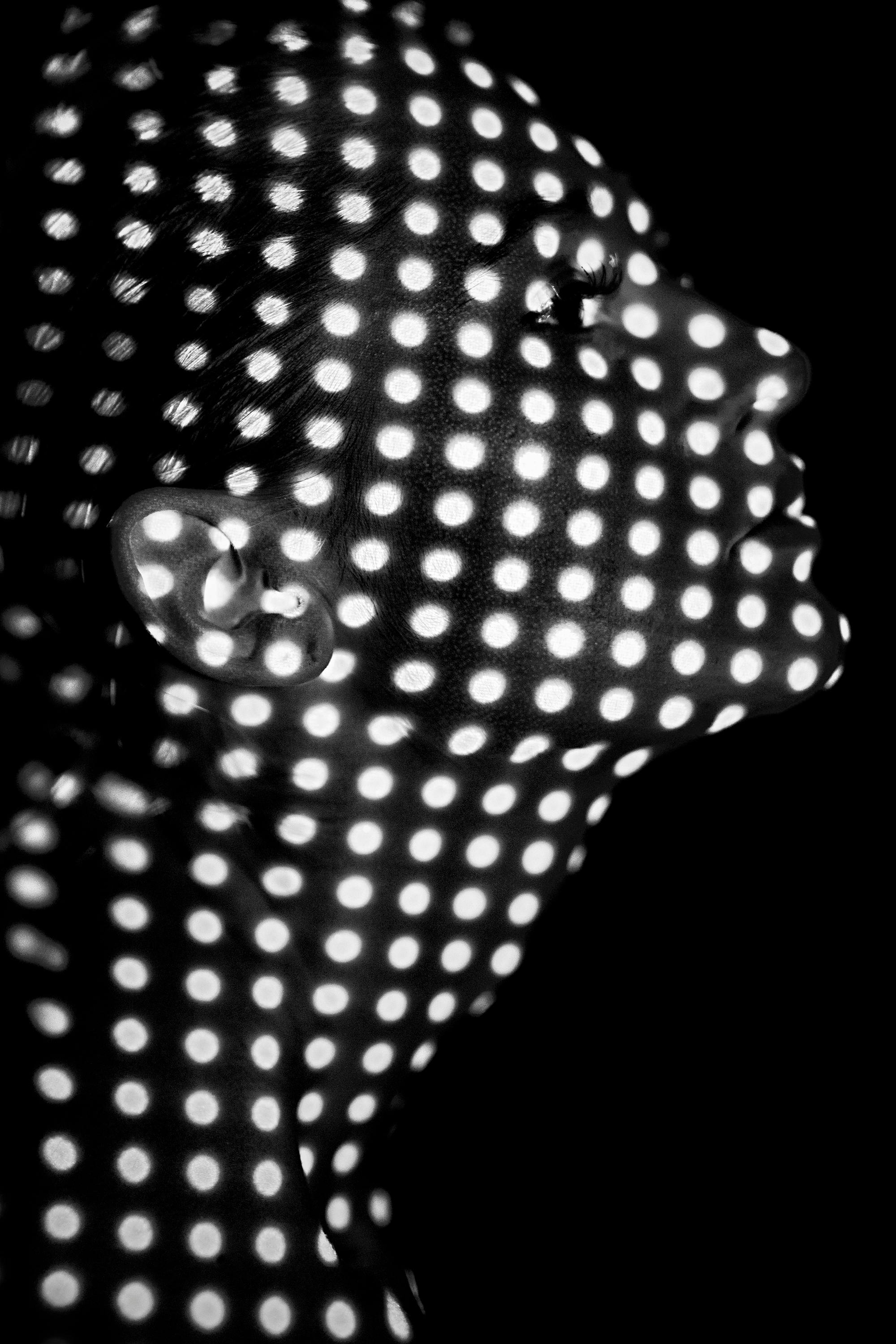Charting the New Terrain of Virtual Reality in Live Performances
Come with us on a journey into the rapidly evolving world of virtual reality (VR) in live performances—a trend that is redefining our perception of art and entertainment. The tale of virtual reality is one of technological innovation and creative experimentation. The inception of this digital marvel can be traced back to the mid-20th century. Early VR technologies, such as Sensorama and the Sword of Damocles, set the groundwork for the immersive experiences we enjoy today. But it wasn't until the advent of modern computing and advanced graphics in the 21st century that VR found its footing in the entertainment industry.

A New Dimension to Entertainment
With the surge in popularity of VR headsets and devices, a dramatic shift has been observed in live performances. Traditional methods of storytelling and performance arts are being fused with VR technology to craft immersive experiences that blur the lines between reality and fantasy. Recently, the 2021 Tribeca Film Festival showcased innovative VR performances, highlighting the potential of this technology in reshaping entertainment.
Impact and Reception of Virtual Reality Performances
The reception of VR in live performances has been overwhelmingly positive. Critics laud its ability to create an immersive, interactive environment that traditional stage performances can’t match. Furthermore, it provides a platform for artists to explore and experiment with new forms of artistic expression. However, there are concerns regarding accessibility and affordability, as the equipment required for a full VR experience remains costly.
Transcending Geographical Boundaries
One of the most significant impacts of VR in live performances is its ability to transcend geographical boundaries. Performances can be streamed in real-time to audiences worldwide, effectively democratizing access to cultural and artistic experiences. This has been particularly useful during the COVID-19 pandemic when many theaters and performance spaces were forced to close their doors.
Looking Ahead: The Future of Virtual Reality in Live Performances
As we look toward the future, the integration of VR in live performances continues to offer exciting possibilities. The technology is still in its infancy, and as it develops, so too will the depth and breadth of experiences it can offer. With advancements in haptic feedback, 3D audio, and motion tracking, the next generation of VR performances promises to be even more immersive, making us active participants in the narrative rather than mere spectators.
In conclusion, the advent of virtual reality in live performances is a testament to the relentless pursuit of innovation in the arts and entertainment industry. This trend, while still evolving, has the potential to redefine our understanding of performance art and promises a future where the boundary between the audience and the performance is virtually non-existent.




